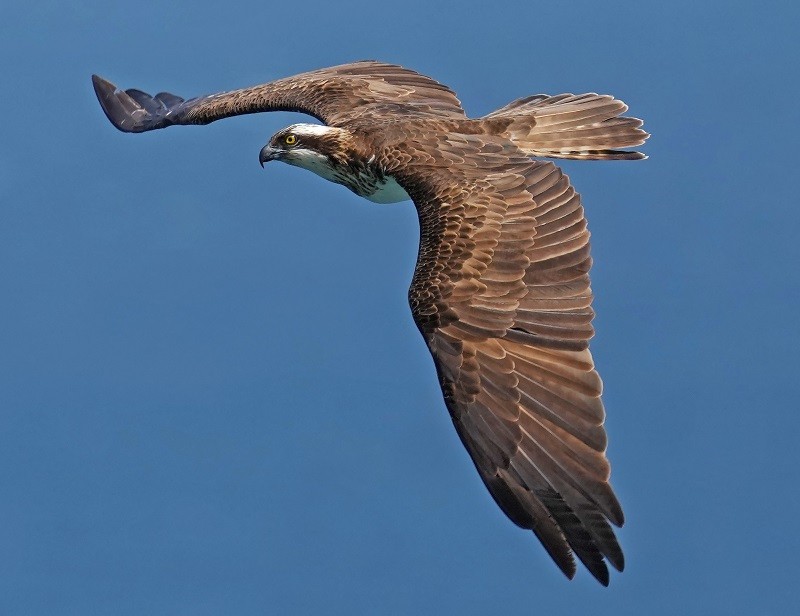Discovery of ancient Osprey remains at Vanguard Cave
Researchers at the Gorham’s Cave Complex continue to discover new and exciting animal remains. The procedure of processing remains in the laboratory and of their identification is protracted and may produce its surprises. Such is the case of a well-preserved osprey (Pandion haliaetus) humerus recently excavated from Vanguard Cave within the Gorham’s Cave Complex UNESCO World Heritage Site. Osprey remains are rare in Pleistocene sites and the Vanguard bone is the first for the Iberian Peninsula. It is dated to between 68 and 61 thousand years ago. The work was carried out under the supervision of the Gibraltar National Museum and the remains identified by expert Dr Antonio Sánchez Marco of the Madrid Museum of Natural Sciences.
 800.jpg)
Ospreys are regular migrants at Gibraltar today but they nested on the Rock in the past. The last nesting records are just prior to the start of the Second World War and it is assumed that military activity drove them away. From the detailed records and photographs of Victorian and Edwardian naturalists based on the Rock, particularly Colonel Willoughby Verner, the historical breeding site of the Osprey is known. It was on a ledge above Vanguard Cave, close to Monkey’s Cave. The ancient osprey remains are therefore barely 100 metres from the known nest site!
One of the features of the Gorham’s Cave Complex World Heritage Site is the continued presence of bird species that were present there since the Late Pleistocene, sometimes as far back as 125,000 years. “To the shag (Phalacrocorax aristotelis), the peregrine falcon (Falco peregrinus) and the raven (Corvus corax) we must now add the osprey” said Professor Clive Finlayson of the Gibraltar National Museum. He added “this is truly a wonderful of example of natural history and heritage combined, the kind of story that only these caves can provide.”
Minister for Heritage and the Environment John Cortes commented, “This is a most significant discovery. Happily, Ospreys are gradually increasing in numbers in the region and recently have been seen around our waters through the winter. An artificial Osprey nest with a decoy was placed near the site several years ago. While nesting on the Rock is unlikely in the near future, we will continue to hope that one day they will return.”
Photo of vanguard cave: The approximate position of the discovered remains (red dot) and the traditional osprey nesting site (white dot with red outline).


Published: October 03, 2022
Other similar News
News
The #IceAgeEuropenow touring photographic exhibition arrives in Gibraltar
Published: March 16, 2019
18-20 Bomb House Lane
PO Box 939,
Gibraltar
